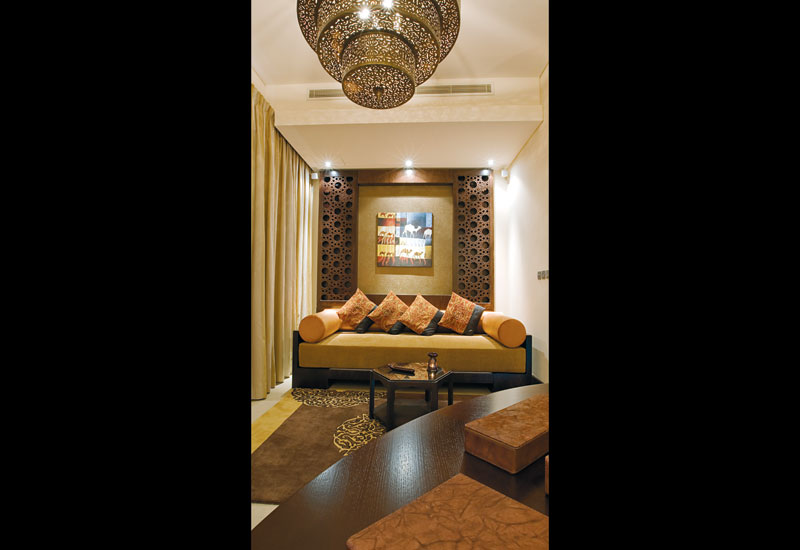Martin Wojnowski at Design Work Portfolio says it is therefore important that “each item should be addressed individually and approved by designer”.
“If it does not meet the set standards, the designer should assist the contractor with selection of a cost-effective alternative. It is possible to replace nearly everything these days,” says Wojnowski.
“However, care should be taken to retain the key finishes. For example there is a recently constructed, five-star hotel in Dubai which features vinyl flooring in the key reception area.
Obviously it was meant to be timber originally. They should have found a cheaper timber or even a laminate option. Otherwise they should have compromised on less significant details or areas. The same applies to furniture; one can never compromise on the quality of bed or mattress. Otherwise clever alternatives are considered,” he asserts.
And at Miaja Design Group, Martin van der Reijden points out that “quality has a price…always had and always will”.
“A lot of developers are very proud when they find an even cheaper tile but even at a really cheap level there are quality differences,” he says.
Like Wojnowski, he advises owners to invest into the interior design hardware of the hotel — beds, mattresses, sanitary ware, HVAC systems, lighting, hinges, door closers, wood floorings and tiles, as they hopefully will last more than five to seven years.
“If you get an interior fit-out company from overseas (China, Malaysia, Bali and so on) make sure that the production is supervised and managed by international standards, which normally means, choose a company based in Hong Kong, Singapore or for that matter in the Middle East, as they will have production plants in these low-cost countries,” advises Van der Reijden.
Perhaps the most important factor to keep in mind when trying to save costs, however, comes back to team work and the need to ensure that the project runs according to schedule with no delays.
As Miaja’s principal, Isabelle Miaja, rightly points out: “I guess that most of the cost overruns are ultimately not about design but about time overruns”.

Advertisement
HOW DO DESIGNERS DEFINE LUXURY?
“Luxury is space, quality, simplicity, creativity and putting time and effort into something. You miss one of them, you will not really get the feeling of luxury. As much as you could argue about simplicity, I strongly feel that you have to put effort into making something simple and at the same time beautiful — ultimately luxury has to trigger desire.”
Isabelle Miaja, principal, Miaja Design Group
With regard to hotels “luxury is held in the eye of the beholder. It isn’t about designing interiors; it’s about creating unique places.”
James Carry, principal in charge/design director, Wilson Associates
“Luxury can be presented in the form of space, privacy and intimacy, which is something our Banyan Tree individual pool villas encapsulates.”
Ho Kwoncjan, senior vice president and managing director, design services of Banyan Tree Holdings Limited, and managing director, project development of Laguna Resorts & Hotels, PCL in Thailand
“The definition of luxury is based on demographics and individual taste in our opinion — we like to create a timeless elegance.”
Ellen Bishop and Paul Bishop, managing partners, Bishop Design Associates









 Search our database of more than 2,700 industry companies
Search our database of more than 2,700 industry companies









